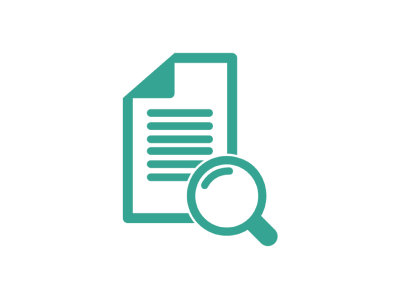
Community Air Protection Incentives
Primary Contact
Categorías
Since 2017 the California Legislature has budgeted $1.4 billion to support Assembly Bill (AB) 617 (C. Garcia, Chapter 136, Statutes of 2017) with incentives directed by local air districts to put advanced technologies to work for cleaner air in the California communities that are most heavily impacted by disproportionate levels of air pollution.
More about this program
Community Air Protection Incentives 2024 Guidelines
Currently Published 2024 Community Air Protection Incentives Guidelines
In April 2024, the CAP Incentives Guidelines were revised with a variety of new project categories and updates to existing project types. The CAP Incentives Guidelines provide eligibility for incentives to reduce hexavalent chromium emissions from chrome plating activities, a suite of project types to reduce exposure at sensitive receptors, and a framework allowing air districts, in collaboration with their communities, to create new kinds of incentives to address other stationary sources of pollution or sources identified in their Community Emission Reduction Programs, created per the requirements of AB 617.
The new project categories are based on approved Project Plans developed by air districts over the past five years of implementation. These include:
- Local Agency Partnerships.
- Dial-a-Ride Transit Vehicle Replacements.
- Community Greening and Vegetative Barriers.
- Emergency Stationary Diesel Generator Replacements.
- Paving, Sidewalk, and Bike Path projects.
- Alternatives to Agricultural Open Burning.
- Low Dust Nut Harvester Replacements
Spotlight on CAP Incentives Project: Imperial County


